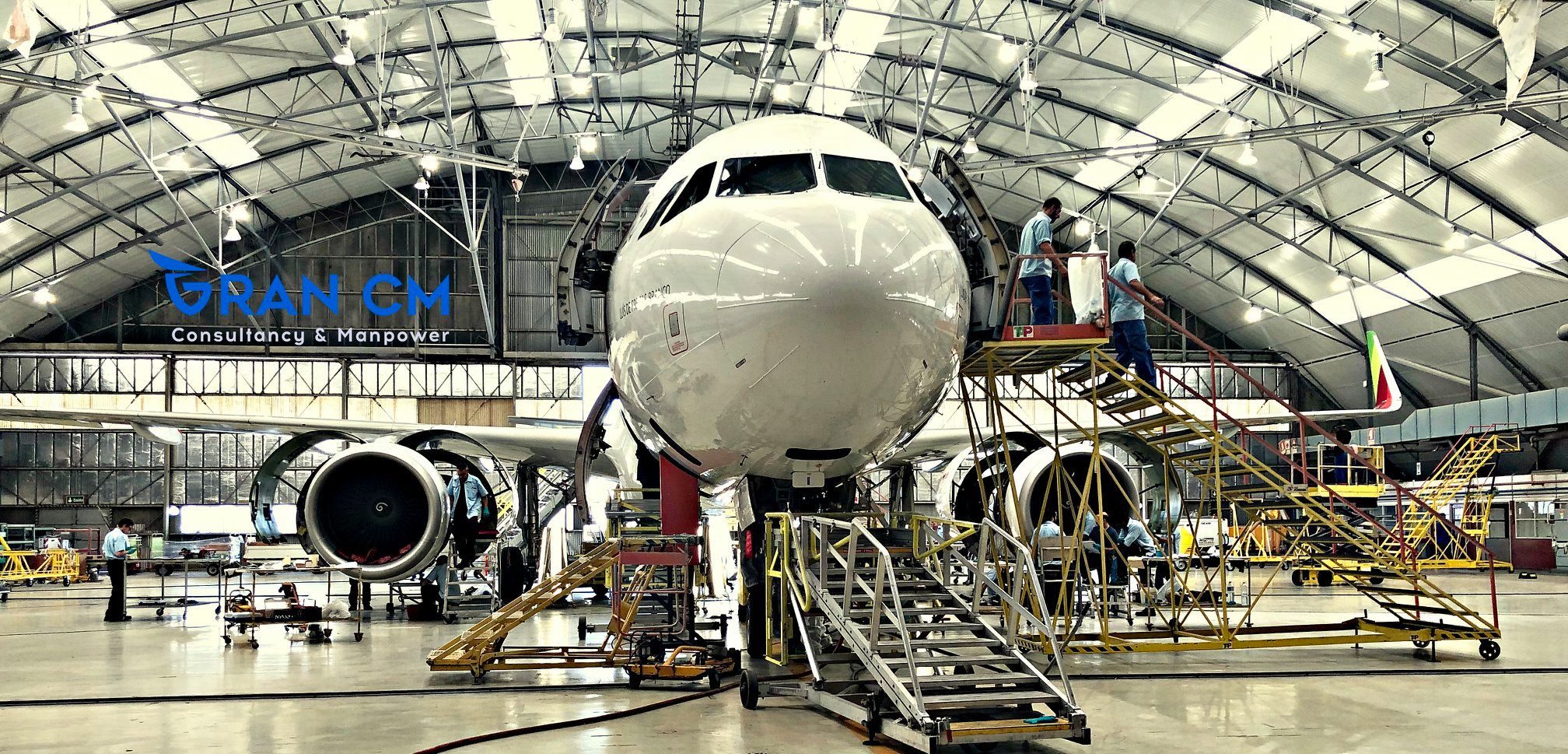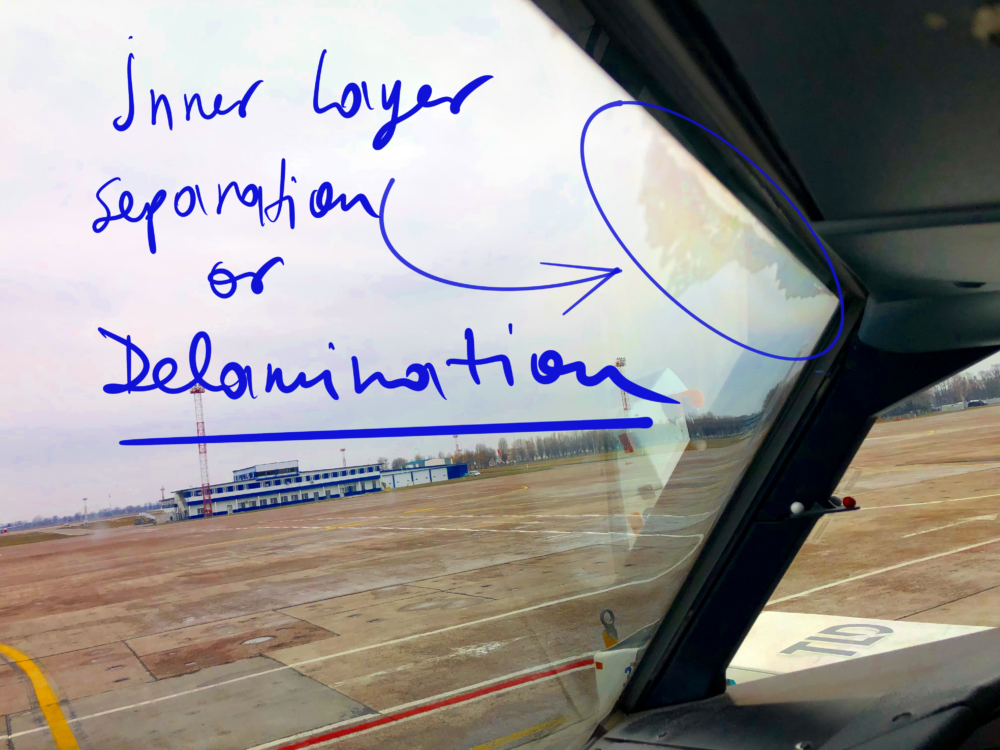It means tracing a part back to the time it was manufactured through documents and certificate/s. This process is of high importance because it is applied to aeronautical parts and mostly with hard time and life limited components.
1. Safety. A time controlled component is controlled not only by time, but by flight hours and flight cycles or called “utilization”. It is mandatory to correctly utilize a part, which sometimes means to go through auditing utilization when the part has been installed in an aircraft that went through more than 1 operator, or in a more complex scenario: the part has been a part of various aircraft throughout its lifetime. With this information in mind, the engineer in charge is able to have more control over the component, avoiding its usage after the part has reached it’s life limit indicated by the vendor or aircraft manufacturer.
It is not possible to operate an aircraft with an expired component or part, the term “expired” besides calendar time (Life vests for example) includes flight cycles and flight hours limitations.
2. Economic Value. A part that has an organized track and status of its documents
A time controlled component can have undergone several shop visits before being scrapped. When the component comes from a shop visit, the engineer auditing will have to go through the history of the part.
For Example:
1 Landing Gear Pin that comes from a shop visit as part of the LG assembly (it can be any, LH, RH, Nose).
The steps we follow:
1. Check the organization’s shop visit authorised release certificate where we can confirm the nature of the visit and see if the assembly in this case was there for repair, inspection or overhaul. The utilization (cycles since new or CSN and cycles since overhaul CSO) must be there and next due information is preferable, and in some places, obligatory; but, in most cases, the entity that is in charge of the aircraft’s airworthiness (CAMO) issues statements of next due information if needed.
2. Review the “Shop report” where the part’s part number PN and serial number SN must be written, indicating its individual utilization.
Note: Remember that signatures, dates, organization’s capabilities must be considered during a back to birth audit. Don’t forget to be up to date on the latest certificates templates published by your local airworthiness authorities.
3. Analyze Removal/Installation data. It is a must to compare numbers and re-calculate values to confirm its utilization.
It has happened in the past that a typo error brought a part’s total flight cycles usage to a slightly different number that grew at the end and luckily, in this case, in favor, the audit determined that the part have been reduced its limitation due to the miss calculation caused by the typo error, meaning that it had more cycles ahead to be used before being scrapped, this way adding value.
4. Look through the Certificate of Manufacture. The birth certificate of the part itself or the assembly it belongs (Part’s PN and SN should be annexed).
– Part Number
– Serial Number
– Date of Manufacture
– Vendor information and more.
This was an easy example. Imagine how it is for a part that has been installed in different assemblies that have been installed in different aircraft that hold different count factors for limitations due to their weight variants and passed through various operators.
Subscribe:
Attention aviation enthusiasts! Soar to new heights with our blog, where we share the latest updates, insights, and stories from the fascinating world of aviation. By subscribing to our notifications, you’ll never miss a post—whether it’s breaking news, detailed analyses of cutting-edge aircraft, or captivating tales from the skies. Join our community of passionate aviators and stay informed, inspired, and engaged with the ever-evolving wonders of flight. Subscribe now and keep your love for aviation flying high!
Recent Posts:



